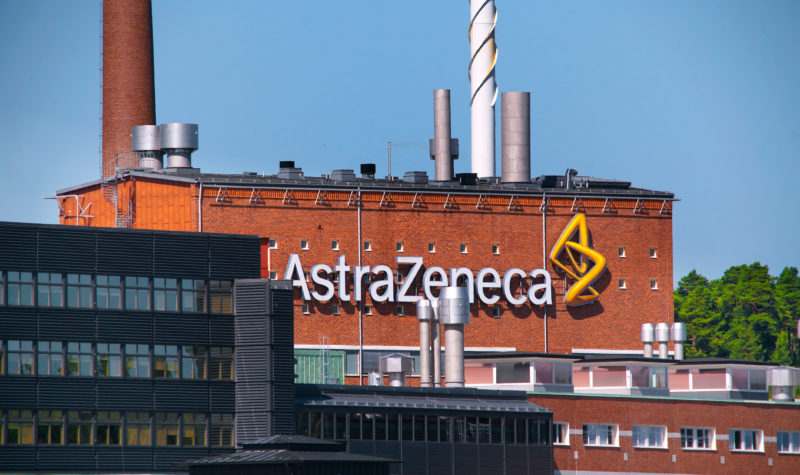Why AstraZeneca and National Grid could offer dividend investing appeal

Robert Stephens, CFA, discusses the income investing potential of National Grid and AstraZeneca.
FTSE 100 index dividend shares AstraZeneca (LON:AZN) and National Grid (LON:NG.) could help to ease the concerns of income investors. They offer relatively attractive yields and dividend growth at a time when rock-bottom interest rates and rising inflation are making it more difficult to obtain a worthwhile income that will grow in real terms.
This situation is unlikely to improve significantly over the coming years. After all, interest rates are currently expected to remain at their current levels until 2024 at the earliest, while a loose monetary policy could prompt a period of higher inflation. As such, the two companies could be of interest to income-seeking investors.
National Grid
National Grid’s share price has underperformed the FTSE 100 over the past year. It has risen by 8%, versus 15% for the index, as investors have rotated into growth stocks. This means that the company now has a dividend yield of 5.2%, which is more than two percentage points higher than that of the wider index.
National Grid also offers a relatively attractive dividend growth outlook. The company is aiming to increase dividend payouts by CPIH, which is a measure of inflation, over the medium term. This may make the stock appealing should inflation move higher than its current level of 2.1%.
In addition, the company is making changes to its business model that may position it for long-term growth. It is in the process of acquiring Western Power Distribution, which is the UK’s largest electricity distribution network operator. In tandem, National Grid is seeking to offload a majority stake in its UK gas transmission business.
This will tilt the company’s revenue increasingly towards electricity, with 69% of its asset base expected to be made up of electricity assets post-acquisition versus 58% today. With the use of fossil fuels, such as gas, expected to decline and the UK’s use of electricity forecast to double by 2050, the company’s strategy could catalyse its earnings growth and lead to growing dividends over the long run.
AstraZeneca
AstraZeneca’s share price has also lagged the FTSE 100 index over the past year. It has gained just 2%, as the company has suffered from negative investor sentiment caused at least partially by ongoing disagreements regarding Covid-19 vaccine sales.
However, the long-term prospects for the company’s dividend appear to be relatively attractive. Its lagging share price means it has a forward dividend yield of 3.2% for the current financial year. It is then expected to grow its dividends per share by 4.3% per annum over the next two years.
Central to the company’s prospects is its strong pipeline of new drugs and increasing exposure to emerging markets such as China. Its outlook could continue to improve as global growth trends, such as urbanisation and ageing populations, lead to a rise in non-communicable diseases that prompt higher demand for its products. Meanwhile, the recently cleared acquisition of Alexion could further enhance its financial prospects.
While AstraZeneca’s forward price-earnings ratio of 27 is relatively high, the firm’s earnings per share is expected to grow by over a third in the next financial year. This could help to justify a premium valuation to the FTSE 100 index, as well as catalyse the AstraZeneca share price over the long run.
Comments (0)